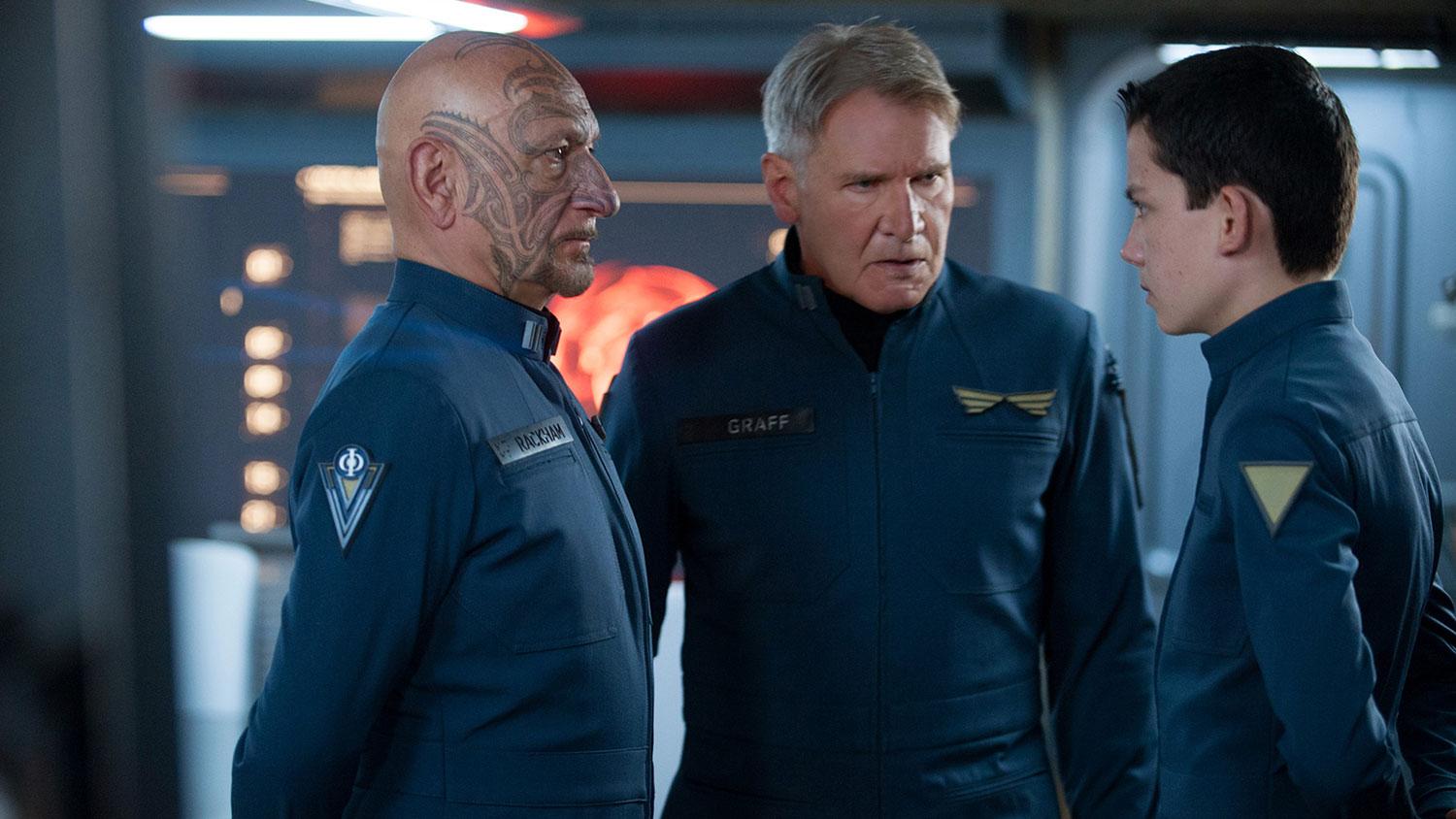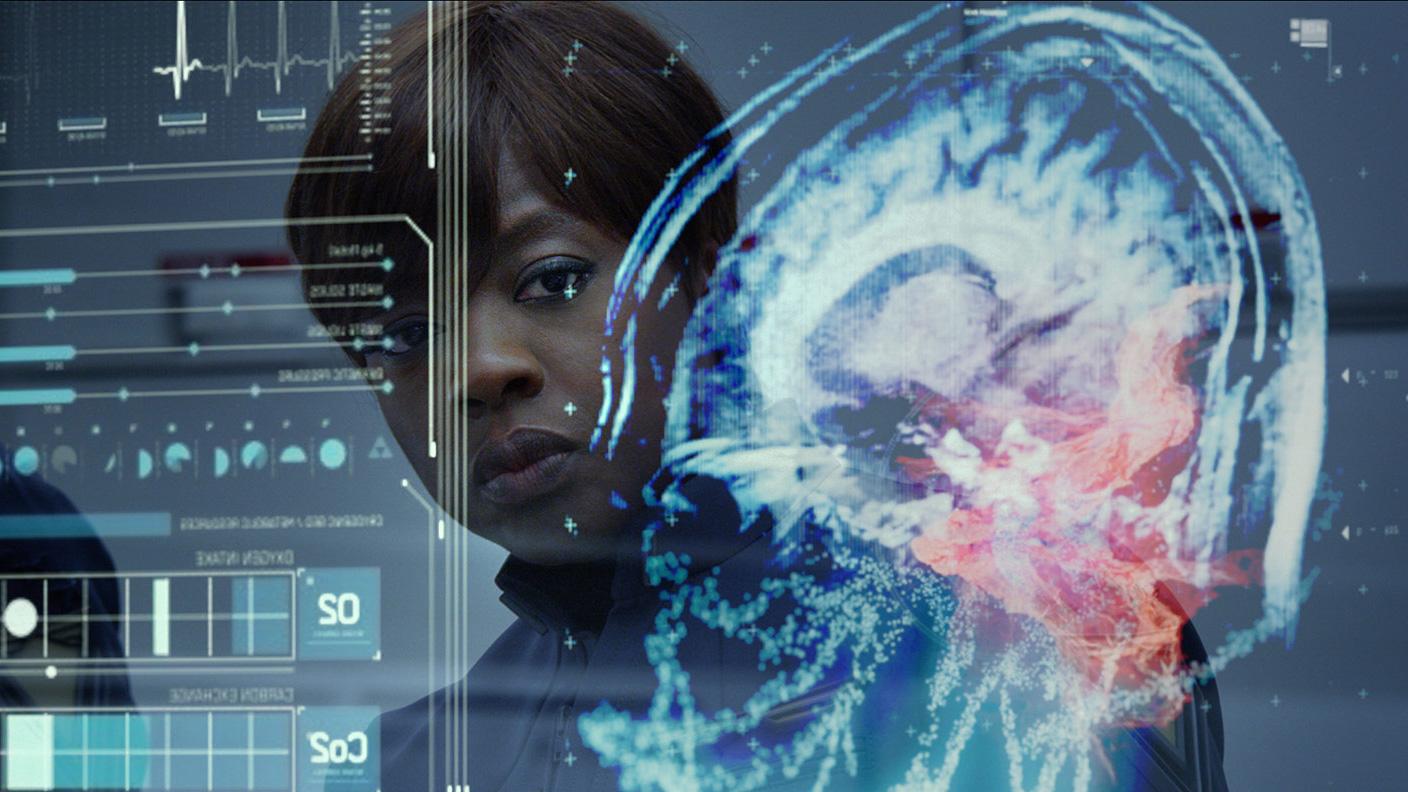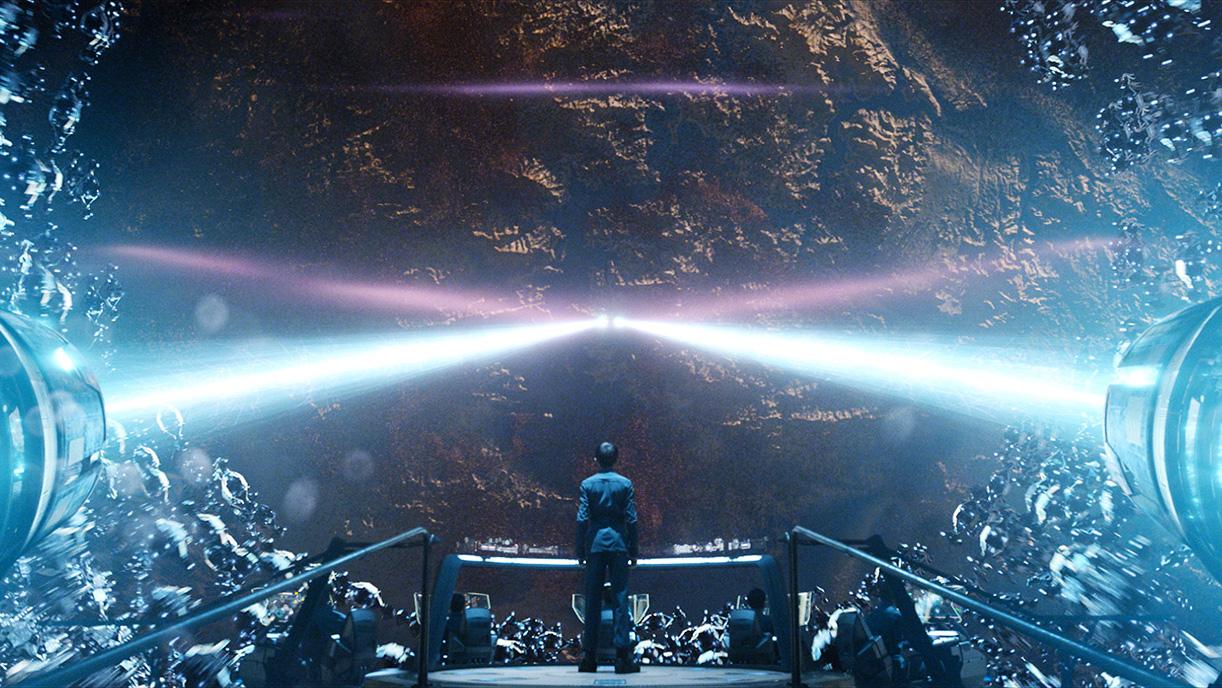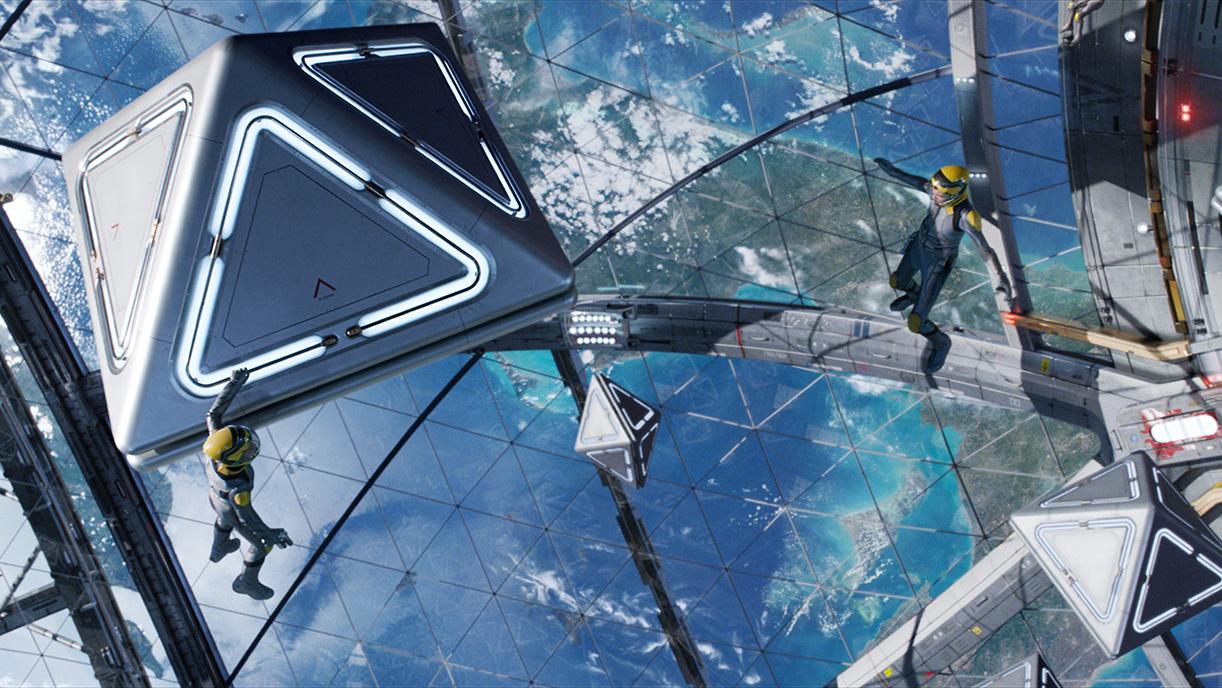Since its initial publication in 1985, Ender’s Game has become one of the most important science fiction books of the 20th century. Originally appearing as a short story in Analog magazine in 1977, author Orson Scott Card went on to win the Nebula Award, the Hugo Award, and write 11 sequels to his original work – which he himself thought of as little more than a set up for the next novel starring the character of Ender, Speaker for the Dead. Because of the loyalty and feelings so many people have for this property, there are going to be some very different opinions on the film version based on what you are expecting.
This review is presented through the lens of a longtime fan.
The film adaption of Ender’s Game has knocked around the development halls of Hollywood for a long time. The very nature of translating this book into film is problematic, at least on the surface. One reason the book was so effective is the way the reader truly gets inside Ender’s head; which is just not something you can really do in two hours of screen time. Therefore the film has to take a more visual direction, and as a result it fractures from the book fairly early.
The very nature of translating this book into film is problematic, at least on the surface.
Like the book, the film follows the story of Ender Wiggin (played by Hugo’s Asa Butterfield), after he is selected for the International Fleet’s recruiting program. The hope is that Ender and those like him can become skilled commanders in the fight against the insectoid Formics who nearly wiped out humanity in a previous invasion, and whose specter very much lives on. The IF selects children in the hopes that their ability to learn, paired with quick reaction time, will help combat the Formics. Sort of like how your three year-old nephew can work your mobile phone ten times better than you can.
Part of what makes Ender stand out is his relationship with his vicious older brother Peter (Jimmy Pinchak) and his loving sister Valentine (Abigail Breslin). Their yin and yang personalities help balance Ender between the good and the bad, ingredients that the IF is looking for in their commanders, even though Ender himself worries that he may have a little too much of Peter’s brutal yin in him after brutally beating a fellow student at school.
Ender soon finds himself on the way to the orbital Battle School thanks to the machinations of Colonel Graff (Harrison Ford), who sees huge potential in Ender. There he learns combat skills and tactics in zero gravity, and he shows a natural ability that puts him at odds with his own commander Bonzo (Moises Arias). Despite resistance to his abilities, Ender quickly rises through the ranks and constantly faces challenges – both seen and unseen – from both the school and Graff. After graduating to Command School under the tutelage of the legendary commander Mazer Rackham (Ben Kingsley), Ender is forced to confront his own nature before he can begin his final challenge.
The book is a beautifully crafted work that presents multiple facets of Ender. In the film we are only presented with one, and as a result the character loses some luster regardless of the medium. Butterfield does a good job with what he is given, but the role was written for a much younger child. Butterfield (who is currently 16) looks and acts like a teenager here, and as a result Ender is a character that is familiar and his reactions to the extreme world he is thrust into are unremarkable.
Somewhat puzzling are the casting of Breslin and Hailee Steinfeld as Petra Arkanian, a fellow student. Both are fantastic and acclaimed young actors, but both roles are very minor in this film. Breslin’s Valentine is hardly in it at all, despite the importance she plays in the resolution of the film.
… there is a lack of emotional weight behind many of the scenes.
The film also cuts out a subplot from the book following Peter and Valentine back on Earth. Cuts obviously needed to be made to turn a lengthy book into a film, and Director Gavin Hood explained that those sequences simply wouldn’t work in the movie version. Unfortunately, this means the film ignores what is taking place back on Earth during Ender’s training. The removal leaves a hole in the film that stands out starkly, which is odd given that the filmmakers want to turn this into a franchise based on the novels.

Fans of the book are going to find the changes difficult to accept, but the movie is not without merit, and the zero gravity sequences in the battle school are easily the best. They fly by at an accelerated pace though, and you’ll find yourself wishing for more. Packing this into a movie format means slicing things off, which is understandable. The film moves along at such a breakneck speed with the final scene in the movie arriving before you expect it.
Based on a book or not, the film just doesn’t resonate with the audience. By the time the credits roll, longtime fans of the novel might have to admit that this could possibly be the best version of the book that could exist on film. In doing so, however, both film and book fans may have to add the caveat that perhaps this never should have been a movie in the first place.






